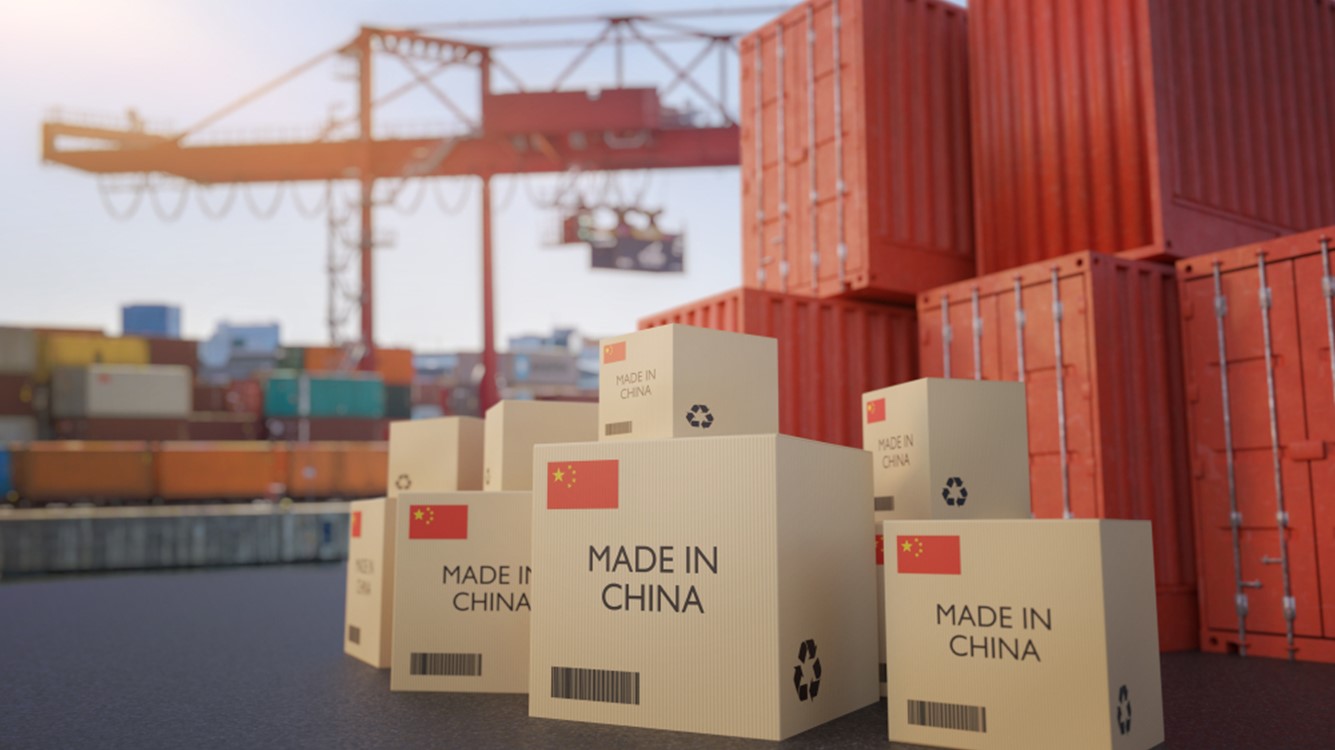Trade deficit narrows after pre-tariff surge in imports
The economy looks like it expanded at a 3.0% pace in Q3.

December 5, 2024
The US trade deficit fell 11.9% in October to $73.8 billion; that's more than expected. Imports plummeted following September’s buying surge. Manufacturers and retailers were stocking up to hedge against the threat of a port strike on the East Coast and to avoid another round of tariffs levied on China. October’s rebound was the biggest improvement in the trade balance since March 2023.
The trade deficit with the European Union improved by $6.7 billion, far and away the biggest advance since the data has been collected and due almost entirely to fewer imports. The deficit with China fell following last month’s scramble to avoid new tariffs.
Imports fell 4%, affected by the drop in goods imports. That marks the fourth largest decline since the end of the Great Financial Crisis. Declines were broad-based. Capital goods fell $7.5 billion, accounting for nearly half the decline. Computers and semiconductors were the hardest hit among capital goods. Crude oil imports lost ground along with automotive vehicles and parts. Consumer goods were dented by last month’s pre-holiday surge. Bright spots appeared in apparel and footwear as well as cellphones, which bounced back after a weak September.
Imports of services rebounded in October with the biggest increase since April 2022. Travel, transport and intellectual property were the main beneficiaries. Tourism abroad has become cheaper with a stronger dollar, while a lot of services are being offshored.
Exports fell 1.6%, the largest decline in eight months. Soft growth among the main US trading partners and the strong dollar are to blame. As with imports, capital goods led the way, falling $3.9 billion. Automotive vehicles and parts followed close behind, with passenger vehicles and trucks and buses hit equally hard. Industrial supplies declined but were partially offset by crude oil exports. Consumer goods were weak across the board. Exports of services rose modestly; we continue to run a surplus in services.
In real terms, the goods deficit fell less than the headline suggests. The nominal goods deficit declined by 9.5%, while the real goods deficit, which considers changes in import and export prices, declined by 7.3%. Though this decrease is significant, it means the impact on GDP will not be as big as the headline.
Revisions to data over the summer suggest that the services surplus was larger than estimated, suggesting a modest upward revision to third quarter GDP growth. The economy now looks like it expanded at a 3.0% pace in the third quarter, instead of the 2.8% reported last week.
Brace for more disruptions to supply chains.

Benjamin Shoesmith
KPMG Senior Economist
Bottom Line
Today's trade data underscores the lengths to which companies will go to hedge higher tariffs and disruptions to supply chains. Tariffs take time to enact even by executive order. Companies have a comment period to seek waivers. China has already begun to retaliate, most recently with a ban on rare mineral exports to the US. Brace for more disruptions to supply chains as the president-elect executes on his policy agenda. Those shifts are not likely to trigger the desired effect of narrowing the trade deficit, given the outsized role the US plays in the global economy and the ongoing strength in the dollar, which has legs.
Explore more

Trade continues to drag on growth
Structural and one-off factors including hurricanes and strikes hit exports.

KPMG Economics
A source for unbiased economic intelligence to help improve strategic decision-making.

Capital goods help shrink trade deficit
The early stocking that drove deficits earlier in the year has come to an end.
Subscribe to insights from KPMG Economics
KPMG Economics distributes a wide selection of insight and analysis to help businesses make informed decisions.
Meet our team
